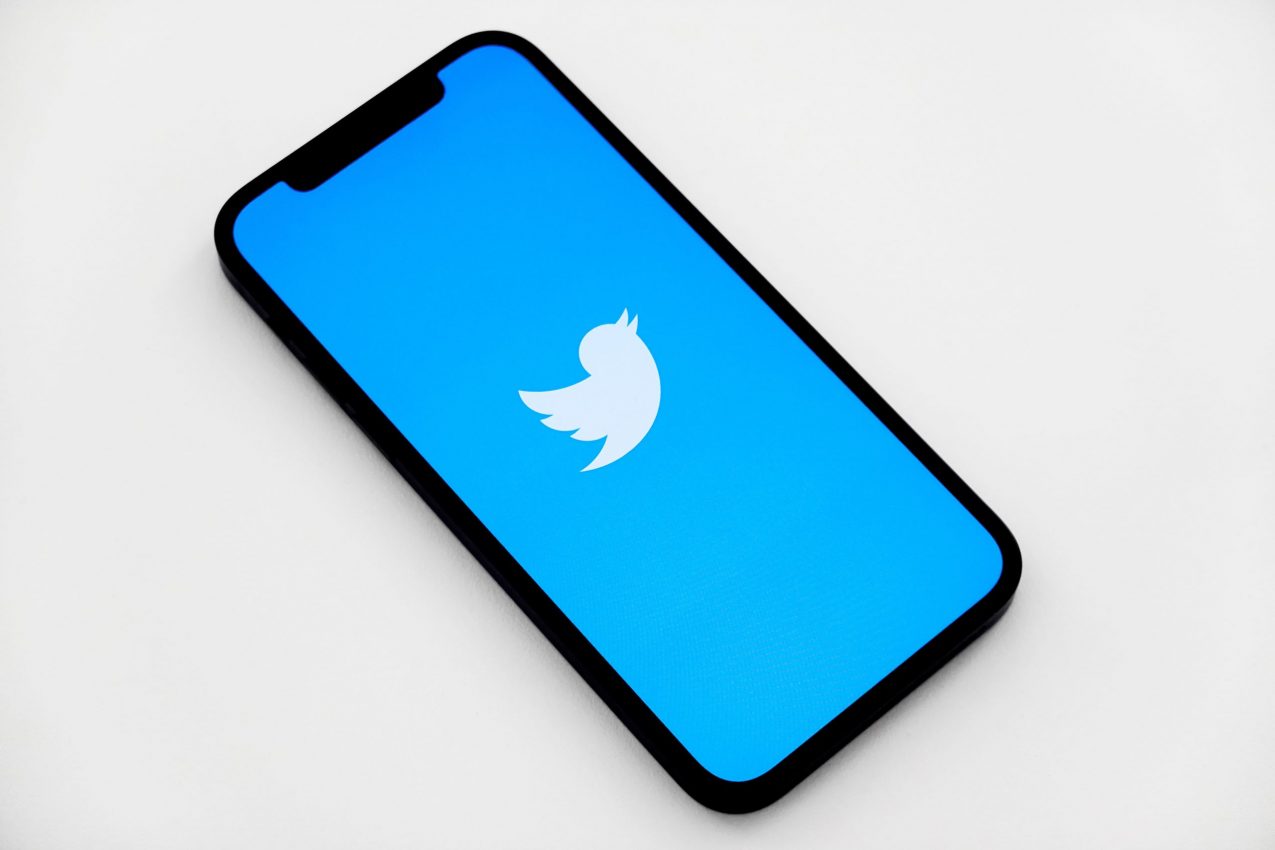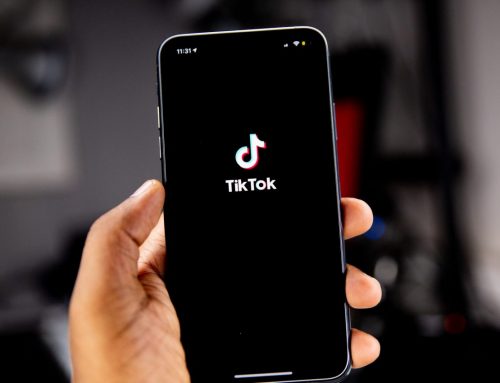Twitter is one of the core social media networks these days because it allows brands to share news, provide customer service, and improve brand recognition. As with all social media networks, there are metrics to track that can help you determine how successful your marketing efforts are on the platform.
You can find metrics in the Twitter analytics section of Twitter. However, there are a lot of metrics listed, so it can be difficult for a brand to tell if they are successful based on the numbers alone; you need to know the meaning behind each metric before you can really gauge your effectiveness.
There are metrics that only look at the performance of your Tweets, which include information on your top Tweets and link clicks. There are also metrics that measure your Twitter account as a whole, which include things like demographics and profile clicks. If you are running any paid advertising campaigns, you will also see metrics on how well the campaigns are performing.
Here, we will go over the most important metrics on Twitter for you to track and why they are important.
Engagements
Your engagement is the number of times people interact with a Tweet, at both the single Tweet level and across all of your Tweets in a reporting period. This has every way that someone interacts with it, including clicking on links, likes, media expands, Retweets, replies, and follows. To make understanding the engagement metric easier, Twitter has a guide with every engagement metric and its definition.
You need to know how many times people directly interact with your Tweets, even if it is them simply clicking “like.” This shows you which of your Tweets work the best to help you craft a content strategy in the future, and it is helpful for measuring brand engagement.
New Followers
The new followers metric shows you how many new followers your account has gained over a set amount of time, whether it is weekly or monthly. Tracking your new followers is important because it means that new people are interested in your profile and want to see your new content in their feeds, which is helpful when measuring brand awareness. If you find that your new followers’ patterns seem to begin dropping, you can investigate it to determine what happened. For example, you might have tried sharing new content types, and your audience was not thrilled with them, or you have not been sharing new content types, and people are beginning to get bored with seeing the same content over and over on your profile.
Top Follower
When you look at your new followers metrics, you can look at the top follower in that time frame. The reason this is a good metric to track is because that account may have the highest reach impact. Depending on who that top follower is, they might be someone to keep in mind for influencer campaigns in the future.
A best practice when it comes to your top followers is to thank them with a @mention in their feed. Of course, you do not have to do this, but showing your followers that you see them and appreciate the follow can be a good start to your relationship with that member of your audience.
Top Tweet
The top Tweet metric tells you which one of your Tweets had the most engagement or impressions in a set amount of time. This is an important metric for you to track because it shows you which Tweets your audience is the most interested in, which can help you craft a better social media content strategy over time. Plus, if you are running any ad campaigns, you can also promote your top Tweet to help extend your reach.
Top Mentions
Your top mentions are the Tweets that you were tagged in that got the most engagement. When you look at the top mentions, if you have not already engaged with these Tweets, you should do so now. You should respond whether the Tweet is someone giving you a shout-out because they love your product or they are doing it because they are unhappy with your product. Even if all you have to say is “thanks for supporting us,” that still shows that you pay attention to your audience and listen to them.
Twitter is often used for customer service, and it is important to respond to reviews. You are not just responding to that Tweet; you are also showing everyone else who sees the Tweet how you interact with a review, which can sway someone who is on the fence about your product.
Impressions
Your impressions are the number of times that Tweets are seen organically by others, including quoted Tweets and Retweets. You can track your impressions of individual Tweets or on your account as a whole during a designated reporting period. While impressions do not show you how popular a Tweet is, it does show you how popular it has the potential to be. This metric is usually used for measuring brand awareness.
Cost Per Result
The cost per result (CPR) is the average cost of each action someone takes on one of your Twitter ads; if you are not running any Twitter ads, this metric does not apply to you. When you run a Twitter ad campaign, you need to know if you are getting your money’s worth. Having a high CPR for an ad that you do not think should have one means that the campaign can be tweaked, so you are not losing money on an expensive campaign.
Link Clicks
The name of this metric is fairly self-explanatory; it is how many times people click on a link that you Tweet. This is helpful because it shows how many links your audience finds valuable enough to click on. It can also be used to measure different headlines or caption styles if you share the same link multiple times but change the copy.
Profile Clicks
This is another easy metric; it is the number of times that people click on your account name, username, or profile photo. This indicates how many people are interested in learning more about your brand.








Leave A Comment